Electronic Video Recording (EVR) System
Nintendo Arcade, 1975–1976
EVR stands for "Electronic Video Recording", and was an early competitor to VHS. EVR films looked like a classic film reel, but were more compact and didn't require a projector to play them. An EVR film contained two tracks that could be swapped at any time.
Nintendo and Mitsubishi teamed up to develop an arcade machine that made use of the EVR format. The EVR betting simulation games would go on to be the most popular medal games in Japan from 1976 to 1978.
EVR Race (1975)
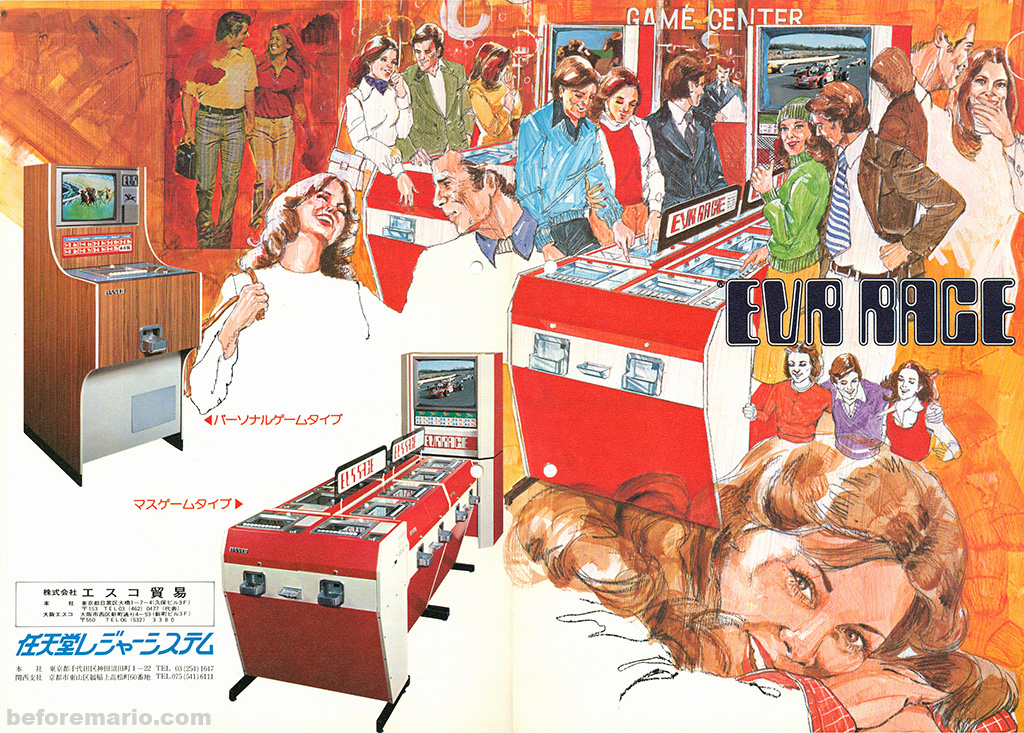
EVR Race is a betting simulation game. Players insert their coins and place two bets on who they think will place first and second in the next race. Videos of the race play, and if the player's bets were both correct, they could win back their stake plus winnings.
The arcade operator could swap between horse racing and Formula 1 racing.
In order to ensure the races were unpredictable, 59 EVR films (each with two tracks) were contained in the machine and would be randomly selected. Each horse or car would also be given odds of winning, with certain outcomes more likely, but rewarding the player with a smaller payout.
The races themselves were not live action, but animations. These were animated by Yoichi Kotabe, who would later join Nintendo and become the illustrator for the Super Mario series.
Units
The EVR race units were modular, allowing Nintendo to sell a range of unit sizes for different venues. The design of the units also changed over time.
1-Player "Personal Type"
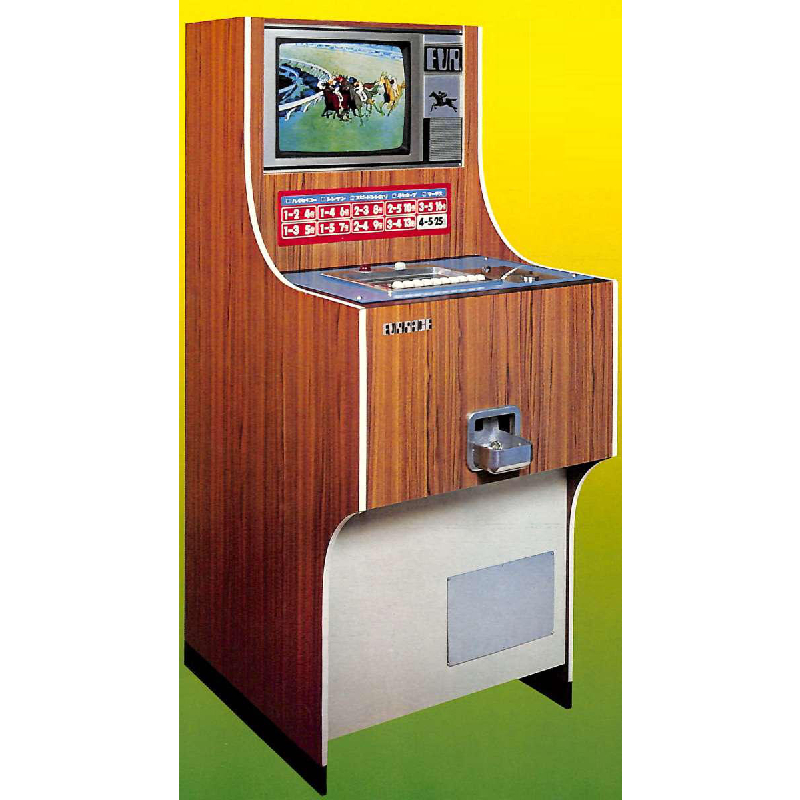
4-Player version
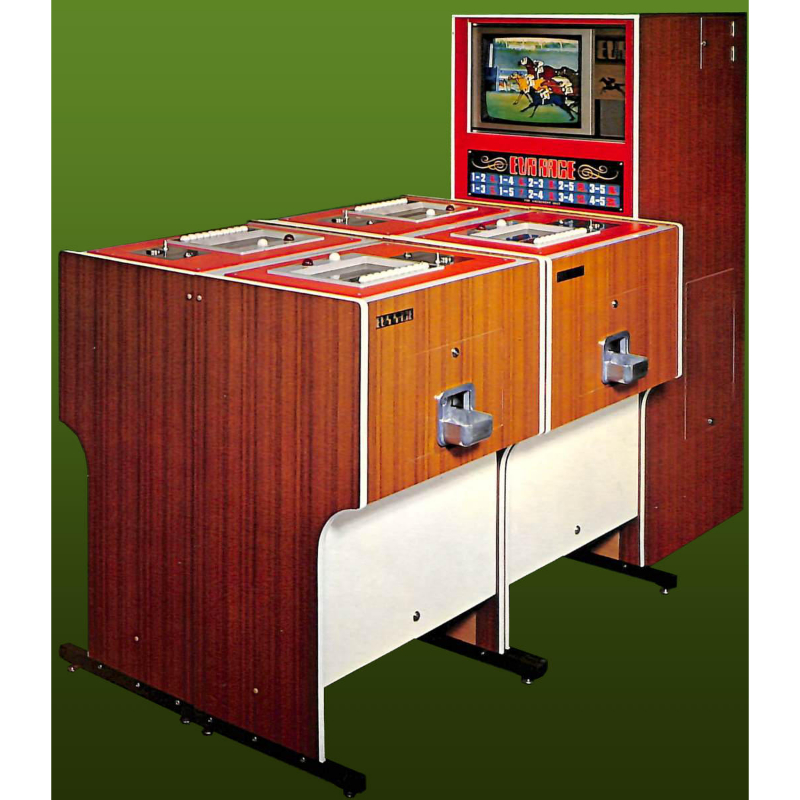
5-Player "EVR Race-5"
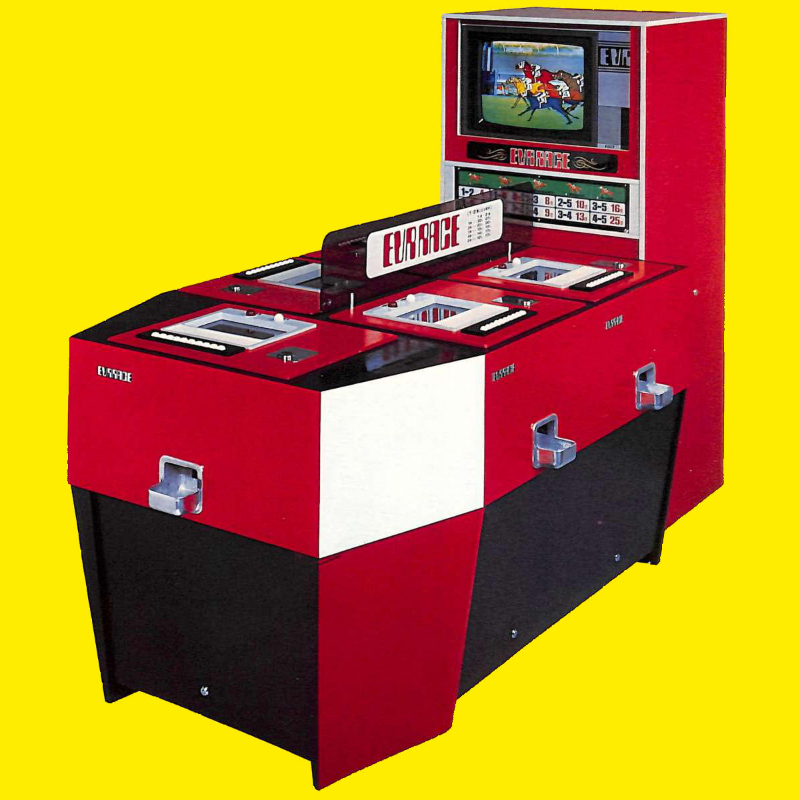
6-player "Mini Mass Type"
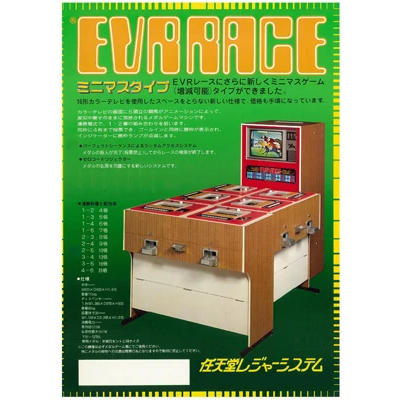
10-Player "Mass Type"
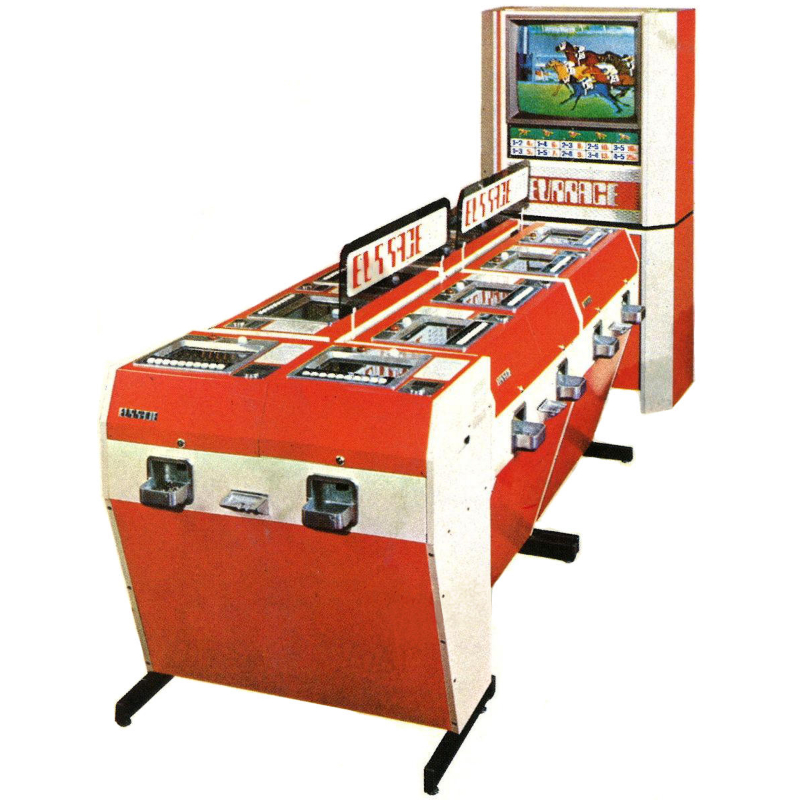
20-Player "Wide EVR Race"

EVR Baseball (1976)
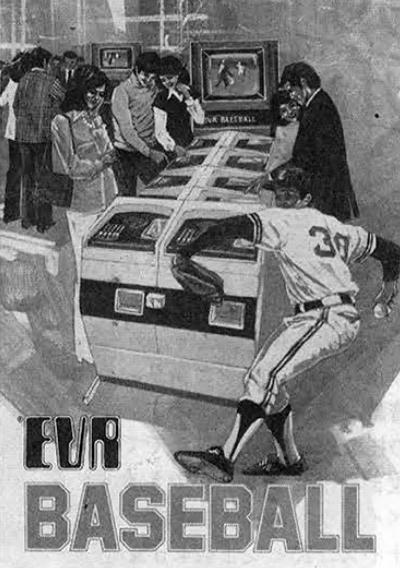
A baseball edition of the EVR system was released in 1976.
Players would bet on the base the batter would reach, and where the fielder would catch the ball.
Each player would place their bets using a small model of a baseball field. They would then watch the video, and if the player's bets were correct, they would get their winnings.
Units
EVR Baseball was available in two sizes with modular components.
6-Player Type

10-Player Type

Resources
EVR Race at the Before Mario Blog
EVR at NTower (German)